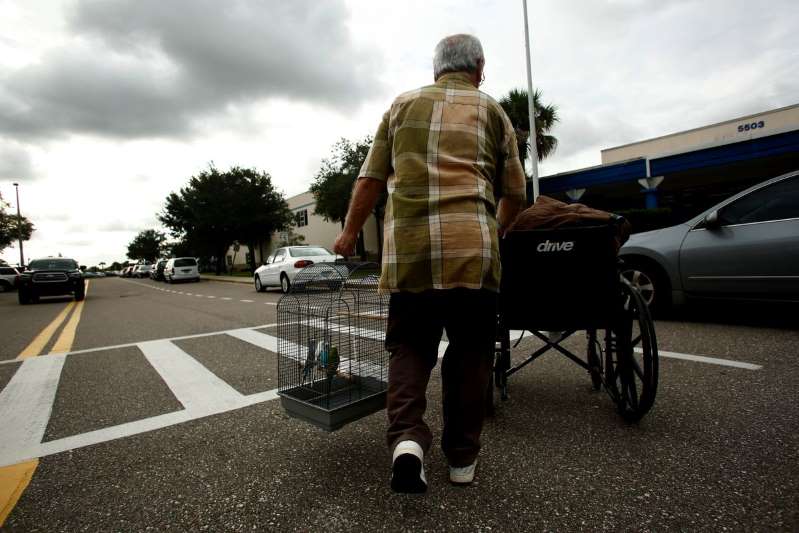
Include Your Pet in Your Evacuation Plan
Once you’ve done that, it’s time to work on an emergency plan for your pet. That includes figuring out what to do with your pet if you need to evacuate your home, giving them collars with correct ID info, and making sure your pet has up-to-date vaccinations-and you have proof of the shots to show a pet shelter.
Evacuating a disaster area with a pet can be complicated, because many shelters don’t allow pets due to health and safety issues. That means you should plan out in advance which hotels or motels accept pets along your evacuation route, and call ahead for reservations if you know you need to evacuate.
If a hotel along the route doesn’t accept pets, ask if they can reconsider in case of emergency. You can also ask your veterinarian for a list of recommended kennels to board your pet.
The ASPCA urges people to never leave their pets behind if they need to evacuate during an emergency. Don’t tether them to poles or trees, either, since that prevents them from getting to safe areas if waters get too high. If you are unable to care for your pet, choose a trusted caregiver outside the evacuation zone who can.
Though this information mainly applies to dogs and cats, the ASPCA also has a list of special considerations if you own horses, birds, reptiles, and small animals. If you care for feral or outdoor cats, the Humane Society has a specific list of what to do in a disaster.















